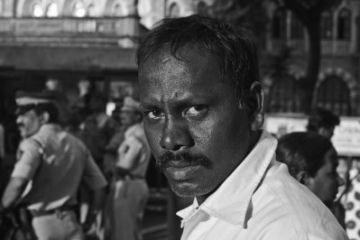
Judhajit Sarkar, an Indie filmmaker with an abiding love of
cinema has made two films in the last three years, namely Khashi Katha
(“The Tale of a Castrated Goat”) and Kolkatar King (“The King of
Kolkata”). They are both gripping and are made on very small budgets; of under
a crore of rupees. The treatment in both films has zest and humour despite the
unshakably dark content, a far cry from mainstream films attempting a ‘serious’
subject. There is no sop on offer at the end of a
Continue reading “‘With Shah Rukh and IPL we don’t stand a chance’”
Read this story with a subscription.





